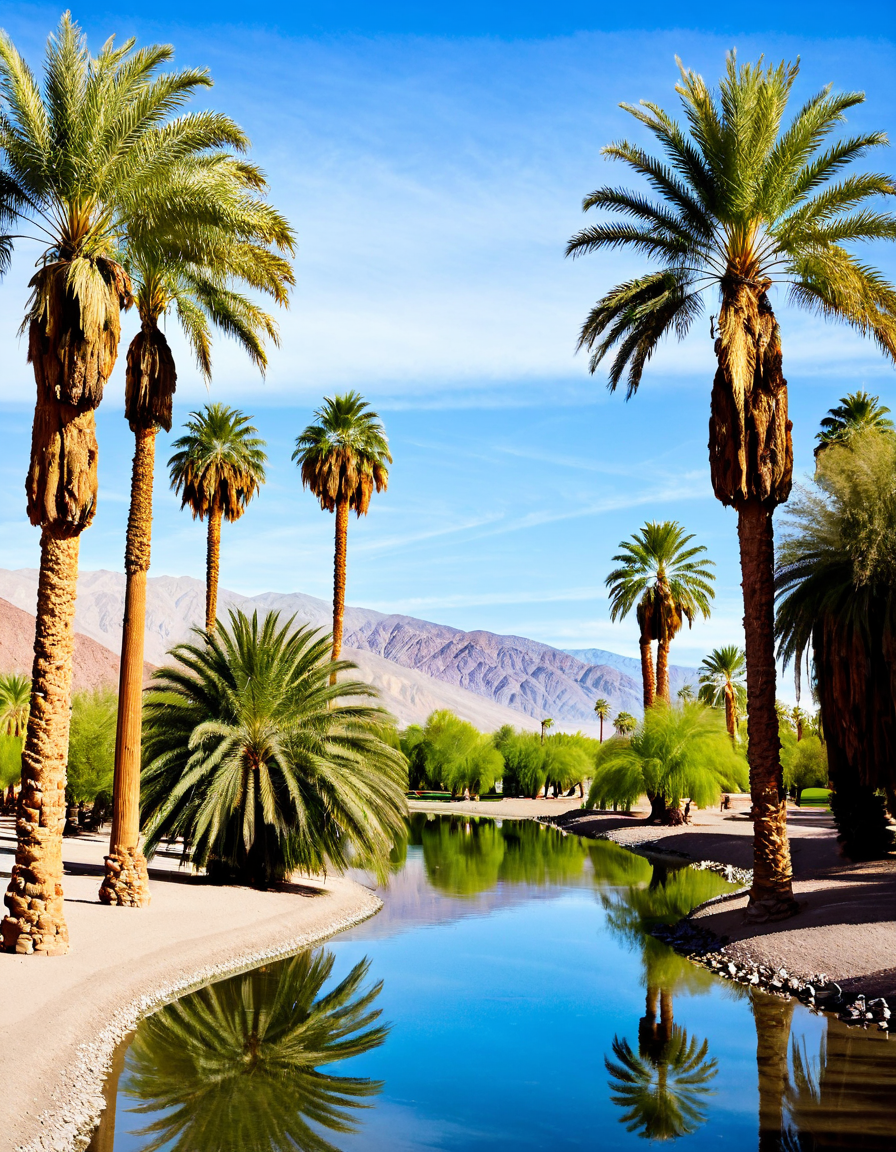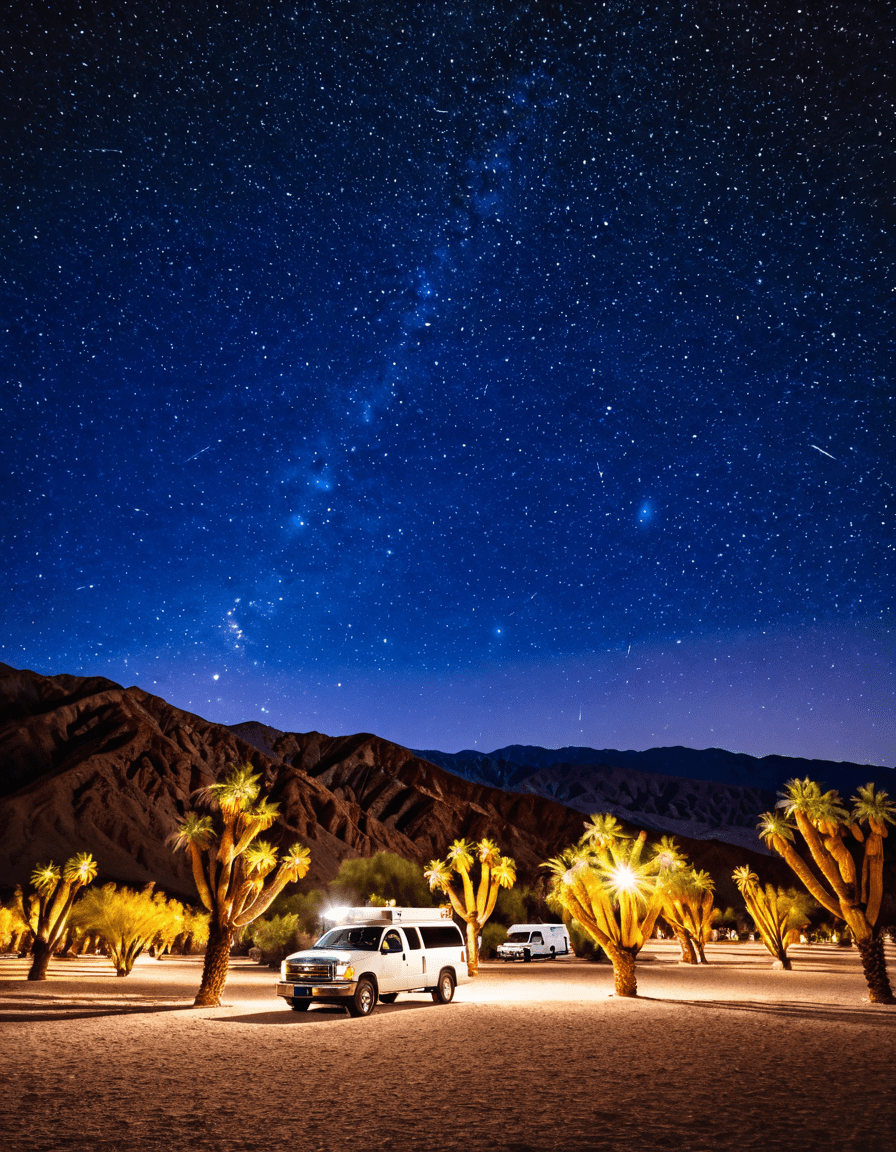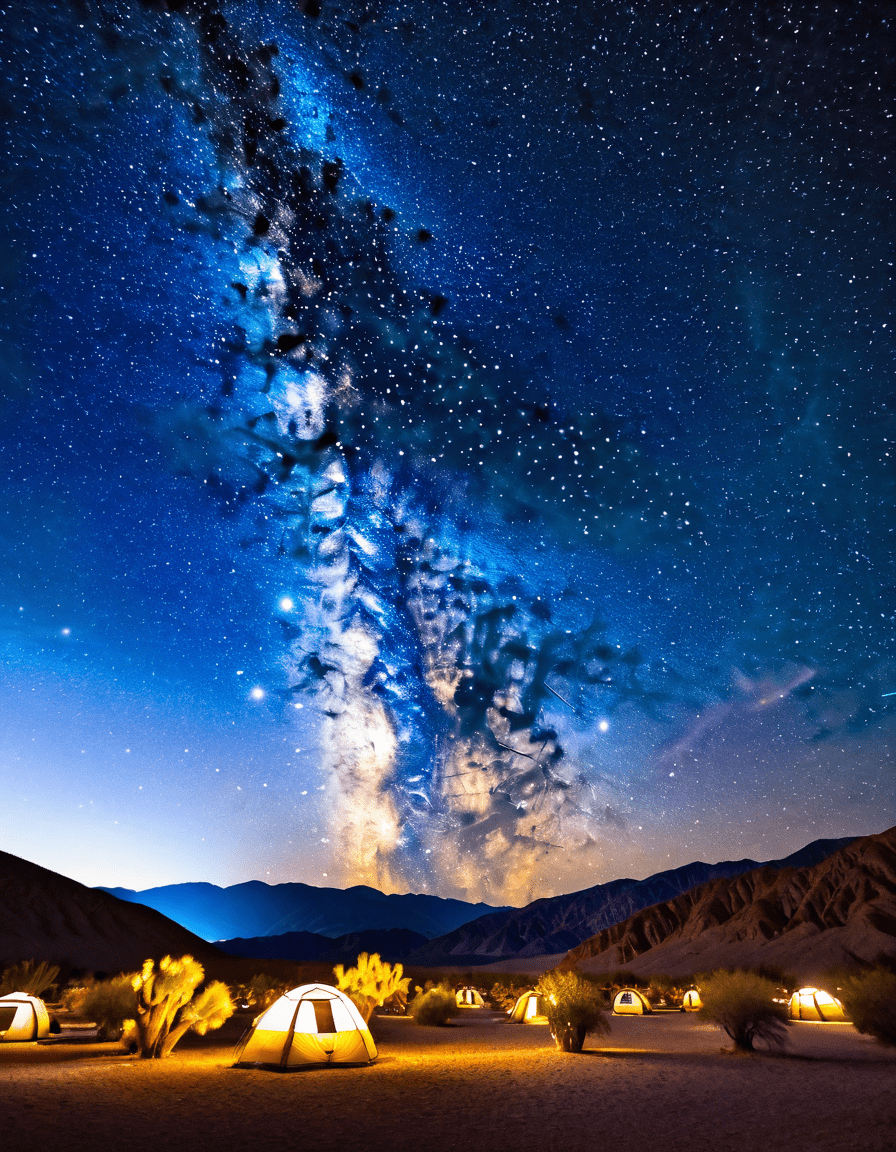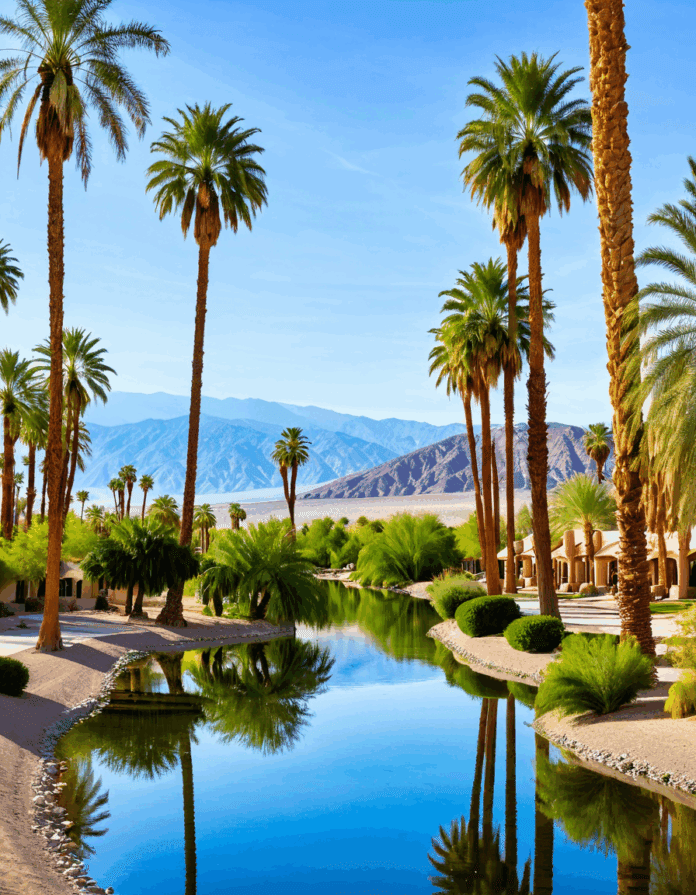Furnace Creek holds the record as America’s hottest place, and there’s a lot more going on here than just high temperatures. Nestled within Death Valley National Park, Furnace Creek serves as a unique intersection of science, history, and the human experience. Understanding why this location is so blisteringly hot can offer insights into our environment, our climate, and our ability to adapt. Here, we’ll explore the top seven reasons Furnace Creek captures the title of America’s hottest place and why it continues to intrigue both scientists and tourists alike.

Top 7 Reasons Why Furnace Creek Holds the Title as America’s Hottest Place
1. Geographical Factors and Location
The geographical makeup of Furnace Creek sets the stage for extreme heat. Sitting 190 feet below sea level, it’s one of the lowest points in the United States. This unique topographical feature makes it a natural heat trap, causing temperatures to rise dramatically in the summer months.
In fact, Furnace Creek’s elevation and surrounding mountains create a basin that retains hot air, pushing temperatures to their sweltering heights. Folks come from far and wide to witness the extremes here, often experiencing varying temperatures that differ significantly from neighboring areas. That’s why when people think of Furnace Creek, they also think of intense heat.
2. Climate Characteristics
Furnace Creek’s desert climate is a major player in its notorious heat. As a desert environment, it thrives on dry air and sees very little rainfall throughout the year; precipitation averages only about 2 inches annually. Summer temperatures frequently spike over 120°F, and it’s no surprise that in 1913, Furnace Creek recorded a staggering 134°F—still the highest air temperature ever recorded on Earth.
These scorching conditions create an environment unlike any other. Visitors encounter a stark beauty against the backdrop of the scorching sun, making it a fascinating location for researchers studying climate and ecology.
3. Historical Significance
Furnace Creek isn’t just a spectacle of nature; it also has historical significance. During the gold rush, this area was buzzing with miners searching for fortune in the arid landscape. The first documented temperature record in America was noted here, lending a kind of gravity to its status as an extreme climate zone.
Historical elements intertwining with Furnace Creek’s story make it essential to understand its context and significance in the American narrative. The rich tapestry of history surrounding this locale adds depth to its heat records, attracting those interested in both the past and the present.
4. Fossil Findings and Geological Features
The geology of Furnace Creek tells a captivating story of Earth’s past. Fossils found in the area, some dating back millions of years, reveal that it was once underwater. This geological backdrop, comprised of salt flats and rugged rock formations, not only shapes the landscape but also impacts how heat is retained in the area.
The fascinating formations draw scientists and geology enthusiasts alike, eager to uncover the layers of history embedded in these rocks. Furnace Creek is more than just heat; it’s a living museum of Earth’s geological evolution.
5. Local Flora and Fauna Adaptations
For life to flourish in such extreme conditions, adaptation is crucial. Plants like the creosote bush have evolved incredible survival strategies, thriving in Furnace Creek’s scorching heat. These plants showcase ingenuity in adapting to low water availability, while animals such as the desert tortoise masterfully regulate their body temperatures to cope with the harsh climate.
The unique adaptations of flora and fauna highlight how life can endure in even the most unforgiving environments. Visitors often find these plants and animals a significant point of interest when exploring Furnace Creek, offering a glimpse into nature’s resilience.
6. Comparative Analysis with Other Hot Places
Furnace Creek isn’t alone in its quest for heat records. To put things in perspective, let’s compare it to other hot locales:
These comparisons serve as a reminder of the diverse landscapes across the United States, each offering a distinctive climate and lifestyle.
7. Tourism and Economic Impact
Furnace Creek is not just about record temperatures but also a thriving tourist destination. Attractions like Furnace Creek Ranch and Badwater Basin lure visitors eager to experience its unique environment. Tourists are often captivated by the stark beauty, engaging in activities like hiking, stargazing, and visiting the Furnace Creek Visitor Center.
The local economy benefits greatly from tourism, as visitors seek to escape the ordinary and explore the wonders of Furnace Creek. This economic boost relies on the allure of experiencing America’s hottest place, creating a vibrant community amidst the desert.

Exploring Other Hot Spots in America: A Look at Comparatives
Furnace Creek isn’t the only player in America’s heat legacy. Check out these other notable locations:
Such comparisons underscore Furnace Creek’s remarkable status while showcasing the diverse climates across the United States.
The Human Experience of Extreme Temperatures
Despite Furnace Creek’s extreme conditions, people have shown remarkable adaptability. The Furnace Creek Ranch exemplifies innovation for living comfortably in such intense heat. Eco-friendly cooling systems and designs that minimize heat build-up are crucial for those looking to thrive in this environment.
Understanding life in Furnace Creek reveals immense resilience and creativity. It inspires individuals to seek innovative ways to coexist with extreme climates—important lessons for anyone interested in living sustainably.
Unveiling the Scientific Perspective
Climate scientists focus on Furnace Creek due to its extreme temperature records, which serve as a crucial benchmark for assessing trends in global warming. By studying this environment, researchers hope to gain insights into how heat waves may evolve in other parts of the country.
The ongoing research formed here contributes to wider discussions about climate resilience. Understanding regions like Furnace Creek can be crucial in forming better strategies for coping with increasing heat globally.
In summary, Furnace Creek isn’t just about being America’s hottest place; it embodies a broader narrative of nature’s whims and humanity’s adaptability. Each sweltering summer, it stands as a testament to the extremes of our planet and offers a profound story of survival worth exploring. So, the next time someone mentions Furnace Creek, you’ll know there’s so much more to this unique desert oasis than just its celebrated heat.
Furnace Creek: The Hottest Spot in America
A Toast to the Heat
Furnace Creek is famously known as America’s hottest place, but did you know it holds several records besides just high temperatures? With summer highs reaching an eye-popping 134°F, it’s not just the dry heat that makes Furnace Creek a marvel; it also claims the lowest elevation in North America at 190 feet below sea level. That’s lower than folks in Kirksville MO, who are enjoying their mild, rolling hills while Furnace Creek boils during the summer months. The combination of such extreme weather patterns and elevation makes it quite the curious destination!
Nature’s Oddities
Interestingly, Furnace Creek is surrounded by stunning landscapes, despite the scorched earth. The region’s unique geology gives rise to varied formations like the Badwater Basin, which can be seen shimmering under a blistering sun. These salt flats are a stark contrast to the lush green of softer places like Canyon Creek, making them a natural wonder. And while you soak in the scenery, think about how iconic figures like Joan Jett might enjoy these highs and lows, considering her own adventures through various terrains.
Fun Facts and Beyond
If you’re a trivia buff, here’s a quirky nugget: Furnace Creek’s average annual temperature hovers around a sweltering 87°F! That’s hotter than the highs many experience even during the summer. On the entertainment front, pop culture has even shown glimpses of extreme environments, just like the movie “He’s Just Not That Into You” captures the ups and downs of relationships—nothing like the ups and downs of Furnace Creek! Plus, did you know that this unusual spot is a favorite backdrop for filmmakers? Think about how Matthew Ansara once set out to capture stories in daring places, a great parallel to the adventures that Furnace Creek offers.
So, the next time you’re considering a road trip, don’t shy away from Furnace Creek! Just remember to pack extra water, sunscreen, and perhaps even binge-watch some Jennifer Jason leigh Movies And TV Shows to get in the mood. Each visit to this extraordinary location unveils stories as layered as a Matryoshka doll, holding unique experiences within each season. It’s worth experiencing the heat and the quirky bits of history that make Furnace Creek a truly captivating gem!


